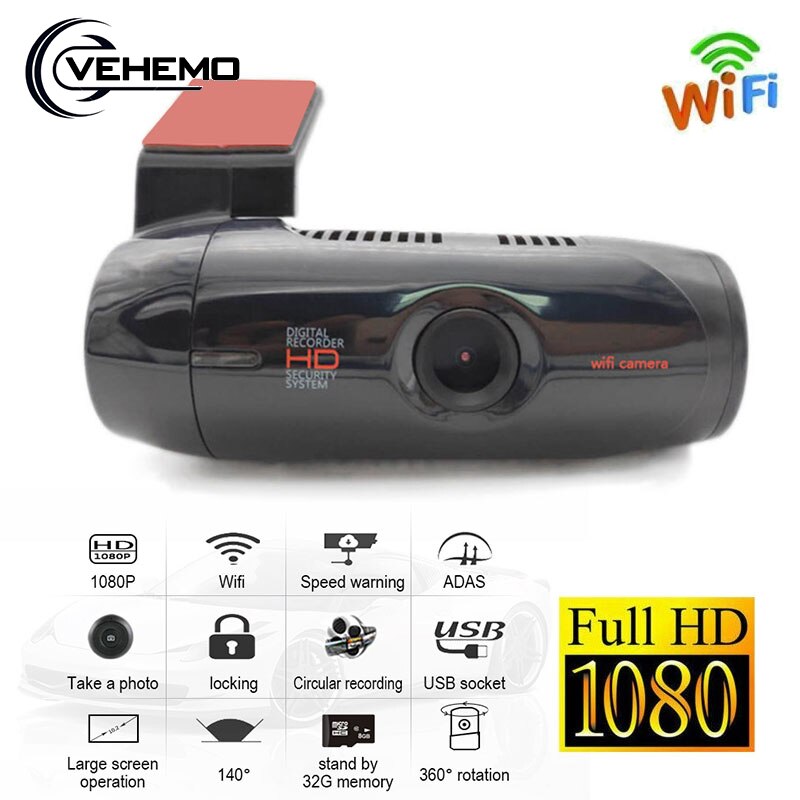
This invention came later to consumer prominence in the 1980s via the video camcorder, a device that brought video recording into the mainstream. Two companies, JVC and Panasonic, introduced a great advancement in video recording when they developed the first self-contained large format video cassette tapes in the 1970s.
VIDEO CAMERA RECORDER FOR SALE HOW TO
However, figuring out how to contain the tape remained elusive throughout the mid-20th century because it held a higher volume of information. The obvious choice was magnetic tape, a technology that was already in use for sound recording. This system, which was created for broadcasting, became the standard in the television industry and remained in wide use until the 1980s.Ĭathode ray tubes were suitable for broadcast purposes, but the question of a medium for recording was a challenge. Early televisions produced mechanical video images, but by the 1930s, new all-electronic designs based on a cathode-ray video camera tube, including two prominent versions by engineers Philo Farnsworth and Vladimir Zsworykin, replaced the mechanical variations with electron scanning technology.

A Scottish engineer named John Logie Baird contributed to this work with a variation of an older device known as a “Nipkow disk,” a mechanical device that breaks an image into “scanlines” using a rotating disc with holes cut into it. In the early 1900s, the first experiments in image transmission were completed. The video camera was initially developed for use in broadcast media. This is an electronic format that has historically been stored on various media such as magnetic tape, CCD chips and solid state flash memory. Modern cameras utilize video technology rather than film. Film cameras have a long and varied history dating back to the late 19th century. It is important to differentiate the video camera from a “movie” camera, which is a motion picture camera that utilizes photographic film to record images. However, when one stops to consider the history of this device’s development, one develops a new respect for the advances in the technology of motion photography. Whether on a smartphone, tablet, laptop, or other device, most of us carry video technology and seldom think about it. Today, the video camera is a tool that is so deeply woven into everyday life that it seems strange to find a person without one.

The Video Camera – From Innovation to Ubiquity


 0 kommentar(er)
0 kommentar(er)
